Common Allergy Triggers You Didn’t Know About
Allergies are a common nuisance that affect millions of people worldwide, often manifesting in sneezes, rashes, or more severe reactions. While many are familiar with typical allergens like pollen, dust mites, and pet dander, there exists a myriad of lesser-known triggers lurking in our everyday environments. These hidden culprits can catch even the most vigilant allergy sufferers off guard, leading to unexplained symptoms and discomfort. This article delves into 11 surprising allergy triggers, shedding light on these stealthy offenders and offering insights into how they might be affecting your health. By the end, you'll have a comprehensive understanding of these hidden allergens and how to manage them effectively.
1. Fragrance in Household Products

Fragrances are ubiquitous in household products, from air fresheners to cleaning supplies, and even personal care items like shampoos and lotions. These scents are often composed of complex chemical mixtures that can trigger allergic reactions, including headaches, skin irritation, and respiratory issues. The problem is exacerbated by the fact that manufacturers are not required to disclose the specific chemicals used, making it difficult for consumers to identify the source of their allergies. Opting for fragrance-free or naturally scented products can help mitigate this risk. Understanding the impact of synthetic fragrances is crucial for anyone looking to reduce their exposure to hidden allergens in their home environment.
2. Mold in Unexpected Places
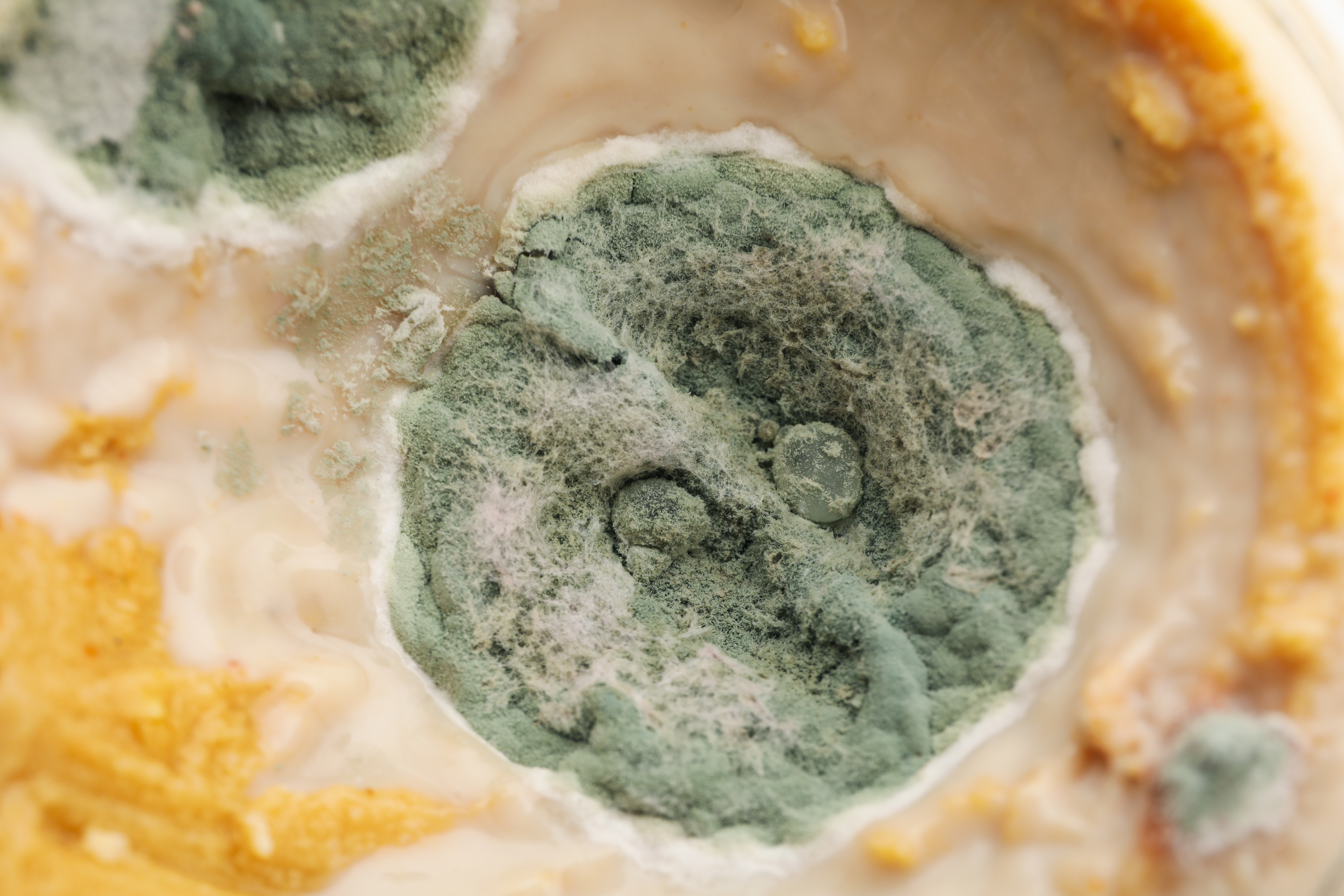
Mold is a well-known allergen, but many are unaware of its presence in unexpected places. Beyond the typical damp basements and bathrooms, mold can thrive in refrigerator drip pans, air conditioners, and even in houseplants' soil. These hidden mold spores can easily become airborne, leading to respiratory distress and other allergic reactions. Regular cleaning and maintenance of these areas, along with ensuring proper ventilation, can help reduce mold growth. Recognizing these unconventional mold habitats is key to maintaining a healthy living space and preventing allergy flare-ups.
3. Food Additives and Preservatives

Food allergies are commonly associated with specific ingredients like nuts or shellfish, but food additives and preservatives can also be culprits. Substances such as sulfites, monosodium glutamate (MSG), and artificial colorings can provoke allergic reactions ranging from mild to severe. These additives are prevalent in processed foods, making them difficult to avoid without careful label scrutiny. Individuals sensitive to these substances may experience symptoms like headaches, hives, or digestive issues. Being aware of these potential triggers and opting for fresh, minimally processed foods can significantly decrease the risk of food-related allergic reactions.
4. Latex in Everyday Items
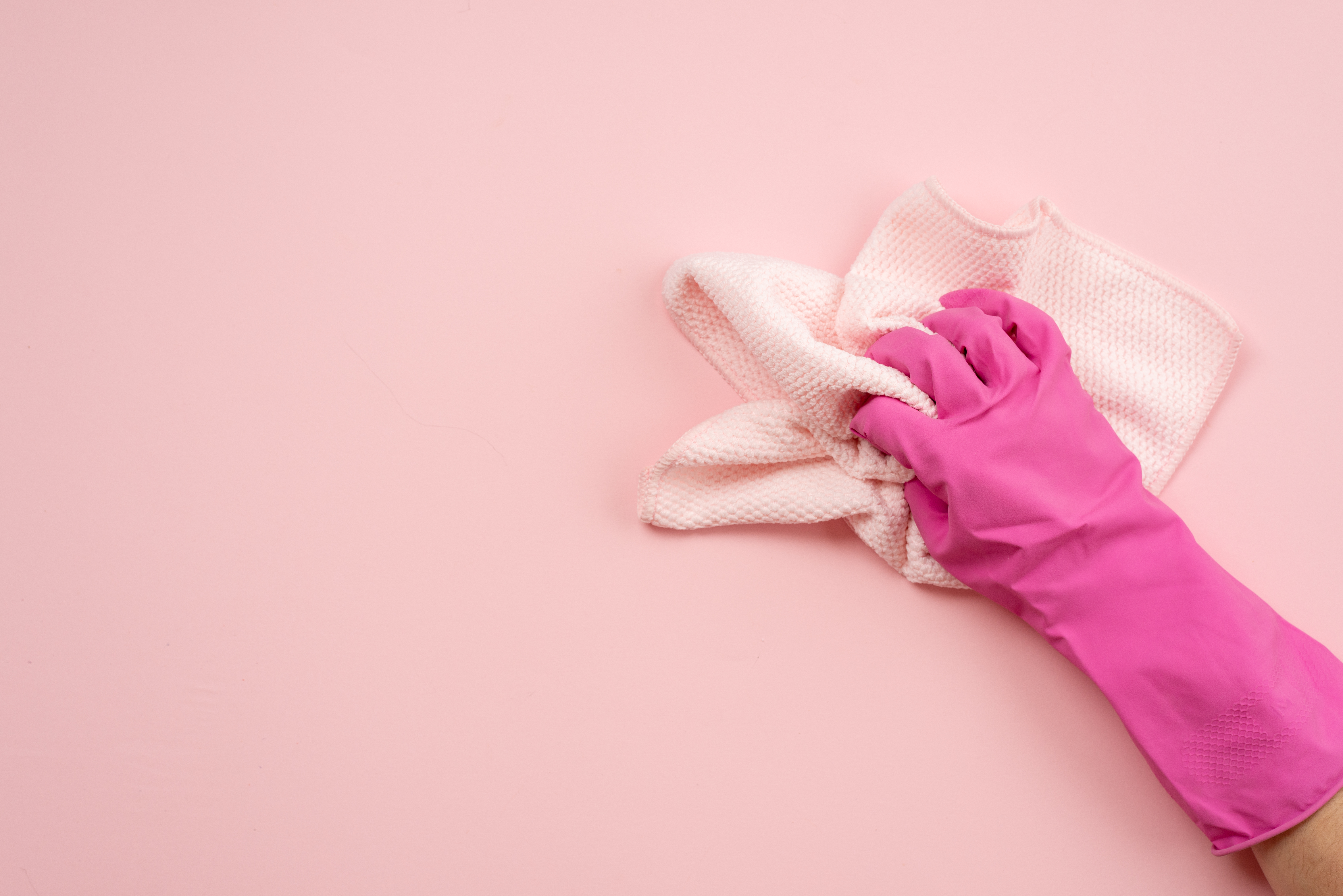
Latex is a natural rubber found in a surprising range of products, from balloons and gloves to certain medical devices. Individuals with latex allergies can experience symptoms such as itching, hives, or even anaphylaxis upon exposure. The prevalence of latex in everyday items means that avoiding it requires vigilance and knowledge of alternative materials. For instance, opting for latex-free gloves and using silicone or plastic alternatives can help manage this allergy. Understanding the widespread use of latex is essential for those affected, as it allows them to take proactive steps in avoiding exposure.
5. Cockroach Droppings

Cockroaches are more than just household pests; their droppings, saliva, and shed body parts can trigger allergic reactions, particularly in urban environments. These allergens can exacerbate asthma symptoms and lead to persistent respiratory issues. Effective pest control measures, such as sealing entry points, reducing clutter, and maintaining cleanliness, are crucial in minimizing exposure to cockroach allergens. Recognizing the role of cockroaches as hidden allergy triggers underscores the importance of proactive home maintenance in reducing allergy symptoms and improving indoor air quality.
6. Nickel in Jewelry and Electronics

Nickel is a common metal used in various products, including jewelry, coins, and electronics. For those with nickel allergies, contact with this metal can cause skin reactions like rashes and itching. The widespread use of nickel in everyday items makes it a pervasive allergen that can be difficult to avoid. Choosing nickel-free jewelry and using protective barriers like phone cases can help prevent allergic reactions. Awareness of nickel's presence in common items is vital for managing allergies and ensuring comfort in daily life.
7. Dust Mite Allergens in Bedding
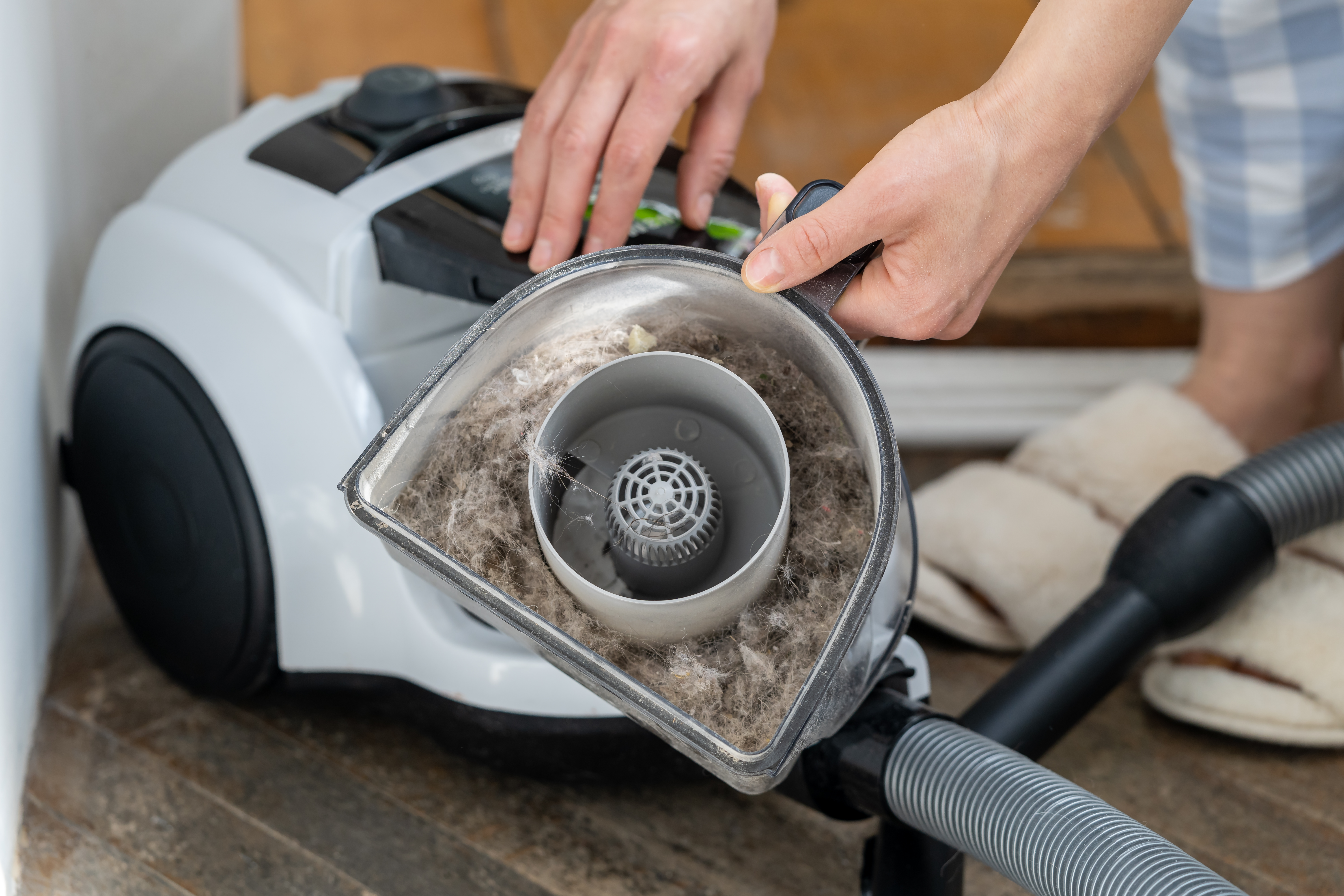
Dust mites are microscopic creatures that thrive in warm, humid environments, particularly in bedding and upholstered furniture. Their feces and body fragments are potent allergens that can cause sneezing, itching, and respiratory issues. Regular washing of bedding in hot water and using allergen-proof covers can significantly reduce dust mite populations. Maintaining a clean sleeping environment is essential for minimizing exposure to these hidden allergens and ensuring a restful night's sleep for allergy sufferers.
8. Personal Care Product Ingredients

Personal care products, including lotions, shampoos, and cosmetics, often contain ingredients that can trigger allergic reactions. Common culprits include parabens, formaldehyde, and certain fragrances. These substances can cause skin irritation, redness, and itching upon contact. Opting for hypoallergenic or dermatologist-tested products can help reduce the risk of reactions. Understanding the ingredients in personal care items is crucial for those with sensitive skin or allergies, allowing them to make informed choices and avoid potential irritants.
9. Seasonal Changes and Pollen

While pollen is a well-known allergen, its impact can vary significantly with the seasons. Different plants release pollen at different times of the year, leading to seasonal allergies that can catch sufferers off guard. Tree pollen is prevalent in the spring, grass pollen in the summer, and weed pollen in the fall. Monitoring pollen counts and taking preventive measures, such as using air purifiers and keeping windows closed, can help manage symptoms. Awareness of seasonal pollen variations is important for those with allergies, enabling them to prepare and minimize exposure during peak times.
10. Pet Saliva and Dander
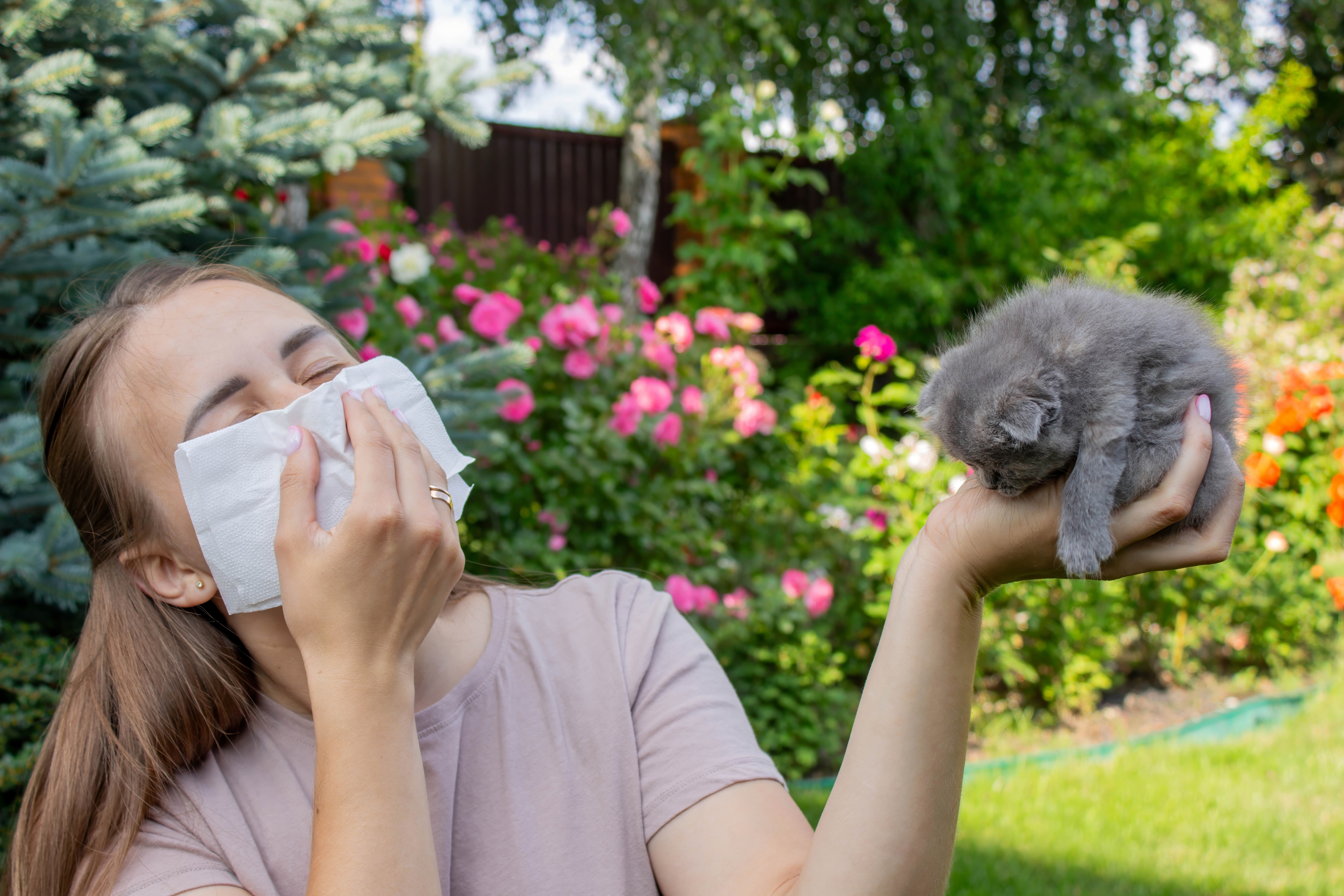
Pet allergies are not just caused by fur; proteins found in pet saliva and dander are also significant triggers. When pets groom themselves, these proteins can become airborne and settle on surfaces, leading to allergic reactions. Regular grooming and cleaning can help reduce the presence of these allergens in the home. Understanding the role of saliva and dander in pet allergies is crucial for pet owners, allowing them to take steps to minimize exposure and maintain a harmonious living environment with their furry companions.
11. Chemical Sensitivities in New Furniture

New furniture often contains volatile organic compounds (VOCs) and other chemicals used in manufacturing processes. These substances can off-gas into the air, causing headaches, respiratory issues, and skin irritation in sensitive individuals. Allowing new furniture to air out in a well-ventilated space before use can help reduce exposure to these chemicals. Awareness of potential chemical sensitivities in new furniture is important for creating a healthy indoor environment and avoiding unexpected allergic reactions.
Navigating the Allergy Landscape
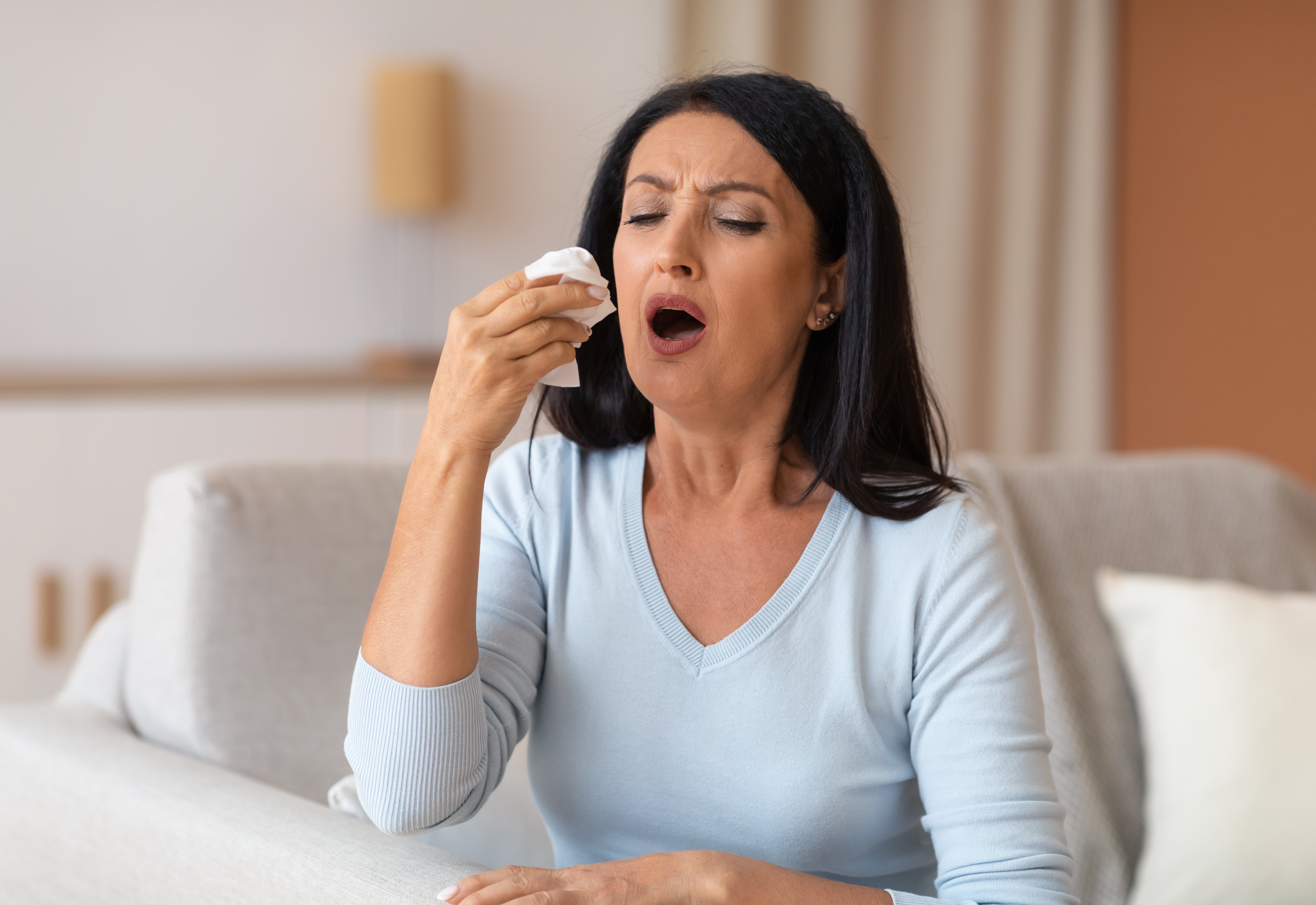
Navigating the complex landscape of allergies involves understanding not only the common triggers but also the hidden ones that can easily be overlooked. By recognizing these 11 surprising allergens, individuals can take proactive steps to mitigate their exposure and manage their symptoms effectively. From making informed choices about household products and personal care items to maintaining a clean and allergen-free home, these strategies empower allergy sufferers to lead healthier, more comfortable lives. As awareness of these hidden triggers grows, so too does the ability to adapt and thrive in an increasingly allergen-sensitive world.